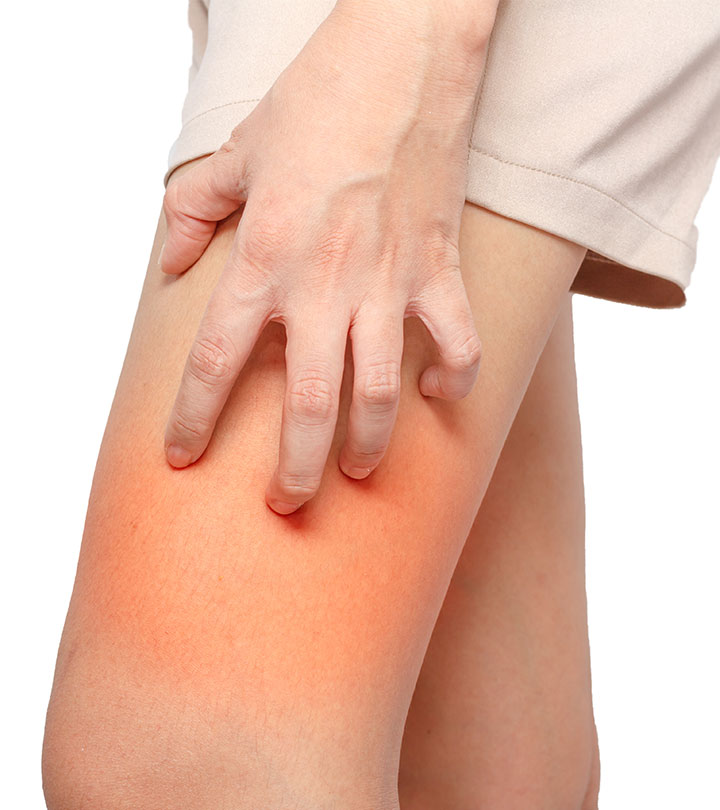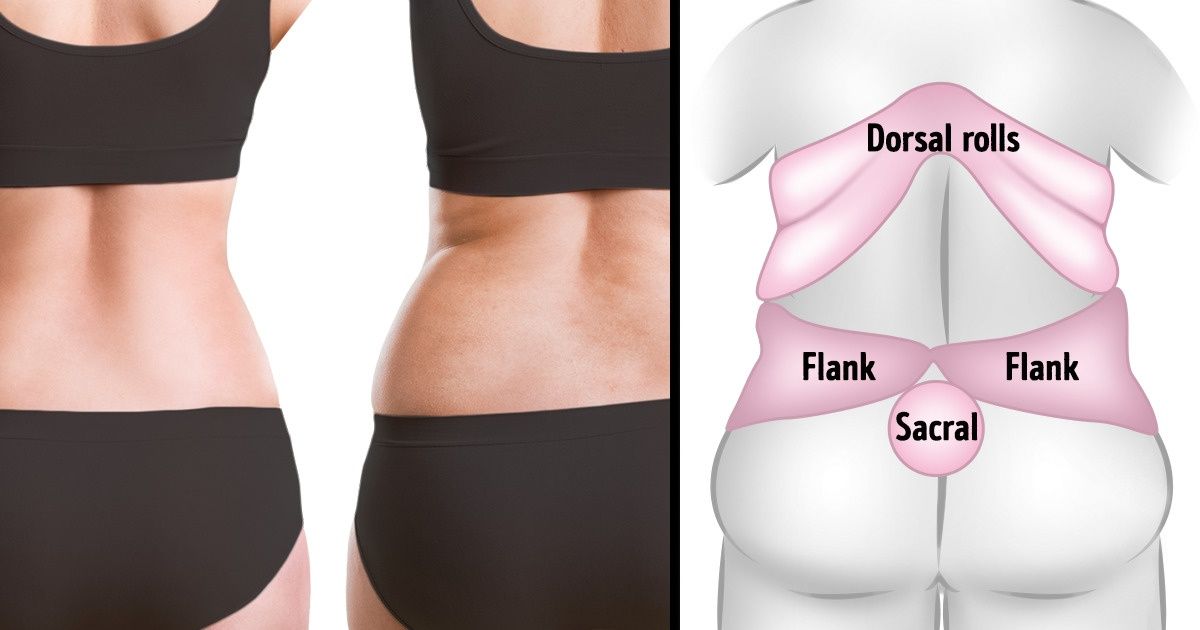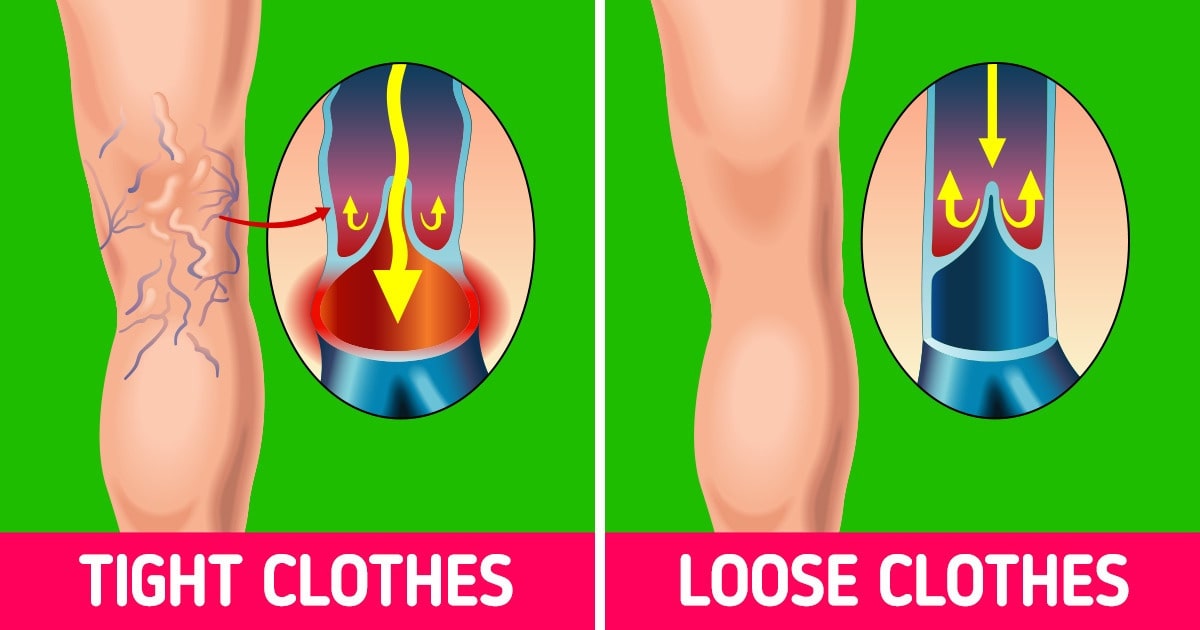Sleeping is one of the most vital components of our daily routine. We all know that a good night’s sleep is essential for overall health, yet many of us have developed habits around our sleep environment that might not be ideal for our bodies. One such habit is using a heavy blanket throughout the night—even when it might not be necessary. But what happens to your body if you start sleeping without a blanket? In this post, we’ll explore the science behind this unconventional sleep practice and dive into how it can benefit your metabolism, sleep onset, overall sleep quality, and skin health.
By incorporating insights from reputable sources like the National Sleep Foundation, Harvard Medical School, and the Mayo Clinic, we’ll provide you with a comprehensive look at why ditching the blanket might be worth considering. Let’s explore these surprising benefits in detail.
Boosting Your Metabolism with a Cooler Sleep Environment
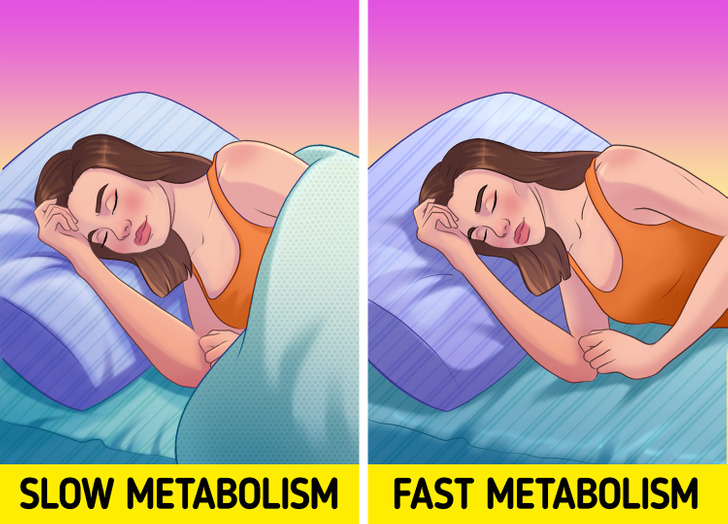
Modern research has increasingly shown that your sleep environment can directly impact your metabolism. When you sleep without a blanket in a cooler room, your body is prompted to work harder to maintain its internal temperature. This process not only burns extra calories but may also stimulate beneficial metabolic pathways.
Calorie Burning and Brown Fat Activation
One of the primary ways a cooler sleep environment boosts metabolism is by activating brown fat. Unlike white fat, which stores energy, brown fat burns calories to generate heat. When your body senses a drop in temperature due to the absence of a heavy blanket, it turns to brown fat as a natural heater. This thermogenic process is an efficient way for the body to generate warmth while also promoting calorie burn.
Studies have indicated that exposure to cooler temperatures may increase brown fat activity. According to research published in medical journals and discussed on platforms like Harvard Health Publishing, a cooler sleeping environment can lead to enhanced energy expenditure. The increased calorie burn can support weight management efforts, especially when combined with a balanced diet and regular exercise.
Achieving Quicker Sleep Onset Without a Blanket
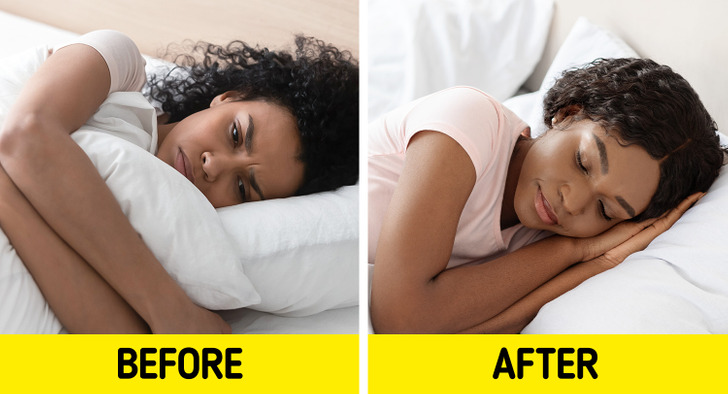
Falling asleep quickly is a goal for many who struggle with insomnia or restless nights. While multiple factors influence how quickly you drift off, your sleep environment plays a critical role. Surprisingly, one factor that could make a big difference is the absence of a heavy blanket.
The Science of Core Body Temperature and Sleep
Your body’s internal clock, or circadian rhythm, is intricately linked with core body temperature. As bedtime approaches, your core temperature naturally drops, signaling to your brain that it’s time to sleep. However, using a thick blanket can sometimes interfere with this natural process by trapping excess heat close to your body.
A cooler environment helps facilitate the drop in core temperature, which in turn triggers the production of melatonin—the sleep hormone. According to the National Sleep Foundation, maintaining an ambient room temperature between 60°F to 67°F (15°C to 19°C) is ideal for sleep. By reducing the insulation around your body, you allow for better heat dissipation, making it easier to fall asleep quickly.
Avoiding Overheating for Faster Sleep
Overheating is one of the most common causes of sleep disturbances. When your body is too warm, it can be challenging to transition into the deeper stages of sleep. This is why many individuals find themselves tossing and turning throughout the night. By opting to sleep without a blanket, you reduce the risk of becoming overly warm, thereby promoting a quicker sleep onset and more stable sleep cycles.
For those who struggle with insomnia or disrupted sleep patterns, this simple change might be a game-changer. A cooler sleep environment can help reduce the time it takes for you to fall asleep, allowing for a smoother transition into restorative sleep phases.
Optimizing Your Sleep Environment
In addition to ditching the blanket, you can adopt other strategies to optimize your sleep environment. Consider using a cooling pillow, breathable bed linens, or even adjusting the thermostat to maintain an optimal sleep temperature. These modifications collectively contribute to a more comfortable and healthful sleep experience.
Many sleep experts suggest that minor environmental adjustments, such as these, can have significant effects on sleep quality. External sources like Sleep Foundation offer a wealth of tips for creating the ideal sleep setting. Experiment with these suggestions to discover what combination of factors works best for your body.
Enhancing Sleep Quality Through Natural Cooling
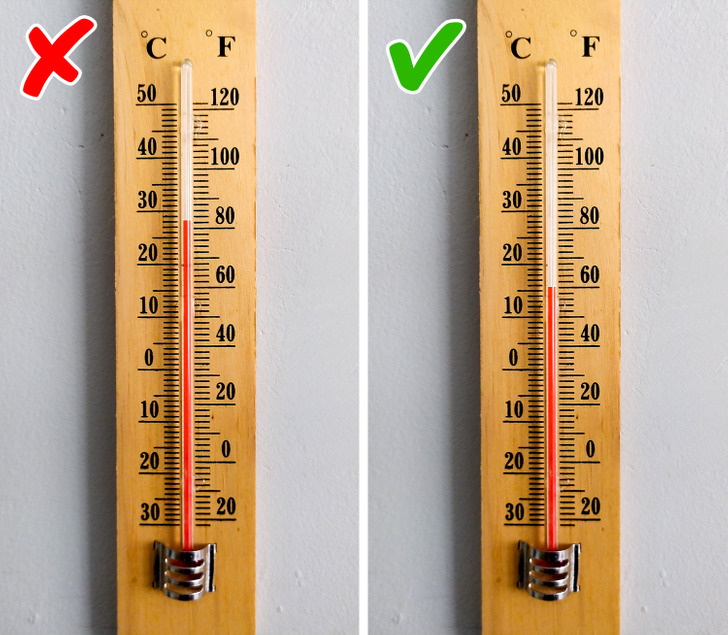
A consistently good night’s sleep is essential for both physical and mental health. When you sleep without a blanket in a cool environment, you may experience improved sleep quality—resulting in deeper, more restorative sleep.
Deep Sleep and REM: The Benefits of a Cool Environment
Quality sleep is characterized by two critical stages: deep sleep and Rapid Eye Movement (REM) sleep. Deep sleep is crucial for physical restoration, including muscle repair and growth, while REM sleep plays a significant role in cognitive functions such as memory consolidation and emotional regulation. A cooler sleep environment has been shown to promote these stages by ensuring that your body remains at an optimal temperature throughout the night.
Studies highlighted by Harvard Medical School suggest that maintaining a cooler body temperature during sleep can enhance the duration and quality of both deep sleep and REM sleep. This translates into a more effective recovery process for your brain and body, ultimately leading to improved daytime performance and overall well-being.
Reducing Sleep Interruptions and Night Sweats
Night sweats and frequent awakenings can severely disrupt the sleep cycle, leading to fatigue and reduced concentration the following day. Heavy blankets can contribute to these issues by causing your body to overheat. Without a blanket, your body can regulate its temperature more efficiently, reducing the likelihood of waking up due to discomfort.
This reduction in sleep interruptions not only increases the amount of time spent in the most restorative sleep stages but also enhances the quality of your sleep. As a result, you wake up feeling more refreshed and energized, ready to tackle the day’s challenges. For additional insights on managing night sweats, check out information provided by the Mayo Clinic.
Long-Term Health Benefits of Quality Sleep
Improved sleep quality has far-reaching effects on overall health. Regular, deep sleep supports immune function, reduces stress levels, and even lowers the risk of chronic diseases such as diabetes and heart disease. By creating an environment that encourages a natural cooling process, you are investing in your long-term health.
Better sleep quality also plays a critical role in mental health. Numerous studies have linked insufficient or disturbed sleep to anxiety, depression, and cognitive decline. By reducing sleep disturbances, you’re not only ensuring that your body has enough time to repair itself but also providing your brain with the opportunity to clear out toxins that accumulate during wakefulness.
Improving Skin Health by Letting Your Skin Breathe
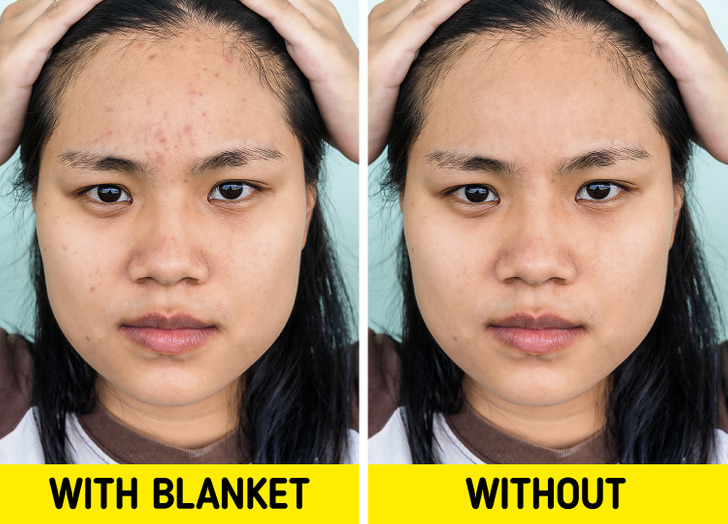
Beyond sleep and metabolism, your bedding choices can have a surprising impact on your skin. Sleeping without a blanket may actually contribute to better skin health by reducing irritants and allowing your skin to breathe.
Preventing Acne and Skin Irritations
Many individuals who suffer from acne or sensitive skin find that their skin becomes irritated due to trapped heat and moisture. Heavy blankets can create a microenvironment that is conducive to bacterial growth and clogged pores. By sleeping without a blanket, you allow your skin to remain cooler and drier throughout the night, potentially reducing the occurrence of acne breakouts.
In addition, allowing for better air circulation around your skin may help in alleviating other skin irritations such as eczema or rashes. Dermatologists often recommend minimizing exposure to heat and sweat as part of an overall skin care regimen. Resources like the American Academy of Dermatology provide further guidance on managing skin health through environmental and lifestyle changes.
Better Blood Circulation for a Healthy Complexion
A cooler sleep environment also promotes improved blood circulation. When your body isn’t working overtime to regulate its temperature under a heavy blanket, it can focus on other vital processes such as skin repair and regeneration. Enhanced circulation means that oxygen and nutrients are more effectively delivered to skin cells, contributing to a healthier and more radiant complexion.
Good circulation is critical for the natural healing of the skin. For example, a study highlighted by Harvard Health Publishing discussed the link between improved circulation and reduced signs of aging. Over time, the cumulative effect of better blood flow can lead to a noticeable improvement in skin tone and texture.
Reducing Allergen Exposure for Sensitive Skin
Blankets and heavy bedding can harbor allergens such as dust mites, pet dander, and pollen. These allergens can exacerbate skin conditions and trigger allergic reactions in sensitive individuals. By opting to sleep without a blanket, you minimize prolonged contact with these irritants, which can contribute to reduced skin inflammation and irritation.
For individuals with sensitive or allergy-prone skin, this simple change might be an effective strategy to prevent flare-ups. For more detailed advice on managing allergies and skin health, consider reviewing resources from the Mayo Clinic.
Experimenting With Your Sleep Routine for Maximum Benefits
While the potential benefits of sleeping without a blanket are promising, it’s important to recognize that everyone’s sleep needs are unique. Here are some tips to help you experiment with your sleep environment while reaping the benefits of a cooler setting:
Start Gradually and Listen to Your Body
If you’re accustomed to sleeping with a heavy blanket, it might take some time to adjust to a cooler sleep environment. Begin by reducing the thickness of your bedding gradually. Consider switching to a lighter sheet or a thin cover until your body acclimates to the change. Always pay attention to your comfort levels—if you start feeling too cold, consider layering with breathable fabrics that allow heat to escape.
Monitor Your Sleep Quality
Keep track of any changes in your sleep quality as you adjust your bedding routine. There are numerous sleep tracking apps and devices that can help you monitor the duration and quality of your sleep cycles. By analyzing your sleep patterns, you can determine whether the cooler environment is benefiting you in terms of faster sleep onset, fewer awakenings, and overall better sleep quality.
Combine With Other Healthy Sleep Practices
Improving your sleep environment is just one piece of the puzzle. For maximum benefits, integrate other healthy sleep practices into your routine. This includes maintaining a consistent sleep schedule, reducing screen time before bed, and creating a relaxing bedtime ritual. Resources like the National Sleep Foundation offer a wealth of tips on establishing a sleep-friendly routine that works in tandem with your new bedding habits.
Final Thoughts: Embrace a Cooler Sleep for Better Health
Exploring the idea of sleeping without a blanket may seem unconventional at first. However, the potential benefits—from a boosted metabolism to improved sleep quality and enhanced skin health—make it a compelling option for those looking to optimize their overall well-being. By allowing your body to cool naturally, you create an environment that promotes better physiological function, deeper sleep, and even healthier skin.
If you’re curious about how your sleep environment might be affecting your health, consider making small changes. Experiment with reducing your bedding gradually and monitor the results. As with any health-related adjustment, it’s important to listen to your body and make changes that feel comfortable for you.
For additional insights on sleep and health, refer to trusted sources like the Sleep Foundation, Harvard Medical School, and the Mayo Clinic. Embracing a cooler sleep environment might just be the simple, effective change you need for a healthier, more vibrant life.
By taking control of your sleep habits and environment, you’re not only setting the stage for a more restful night but also paving the way for long-term health improvements. Whether you’re looking to burn a few extra calories, fall asleep faster, enjoy deeper sleep, or simply improve your skin health, consider the benefits of a blanket-free night as a step towards a healthier you.
In conclusion, the decision to sleep without a blanket can offer surprising benefits that extend well beyond comfort. It’s a holistic approach that touches on metabolism, sleep quality, and skin health—critical areas that can improve your overall quality of life. So next time you prepare for bed, think about giving your body the chance to cool naturally and experience the rejuvenating effects of a truly restful night.
Embrace the change, experiment responsibly, and enjoy the journey towards better sleep and improved well-being.


